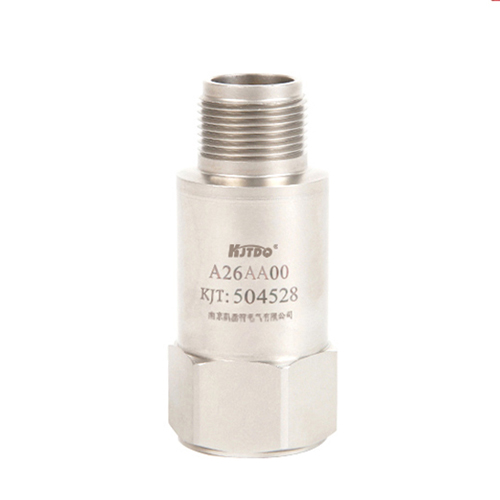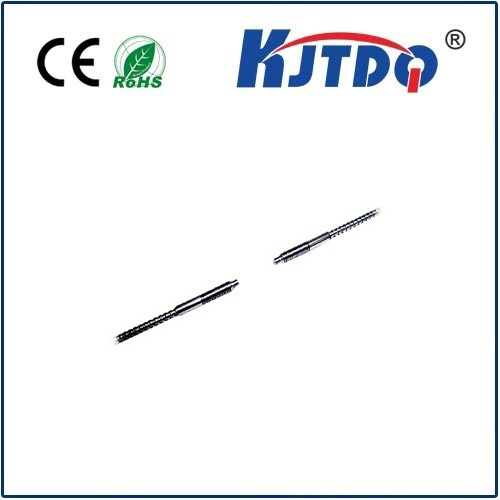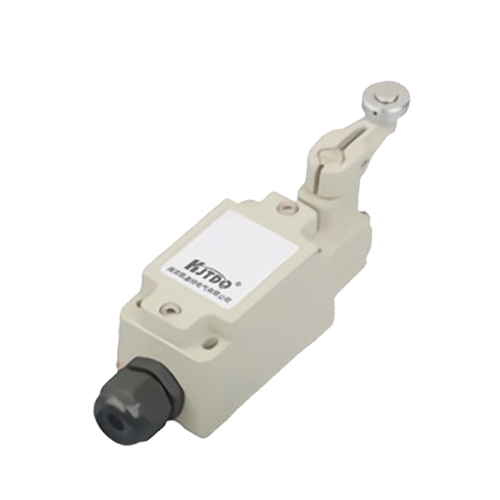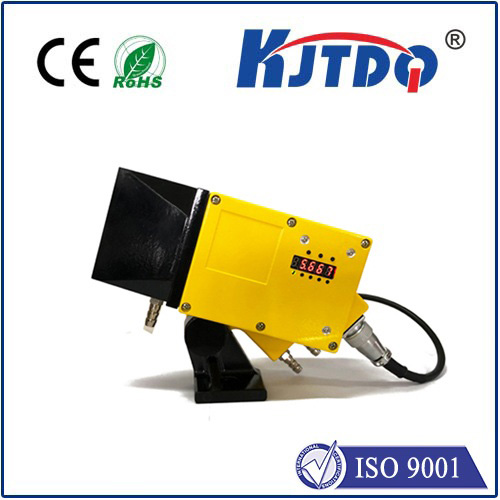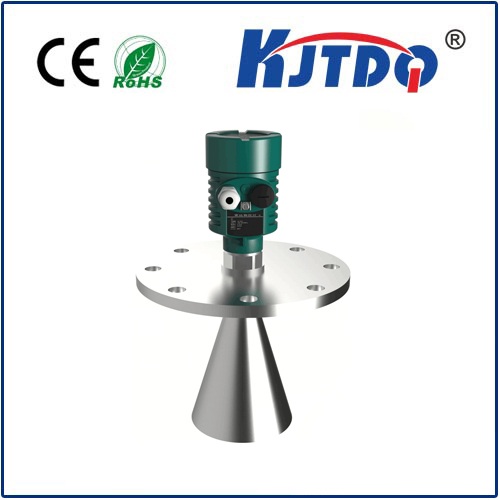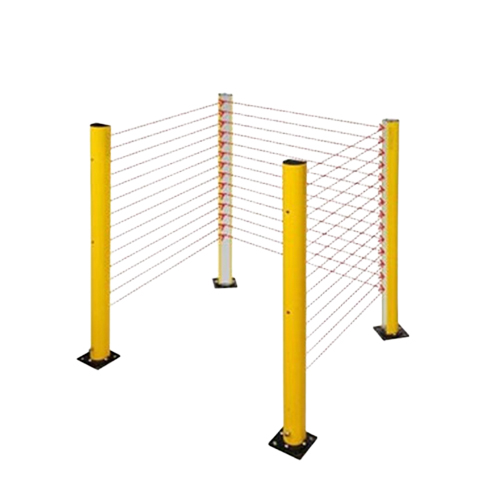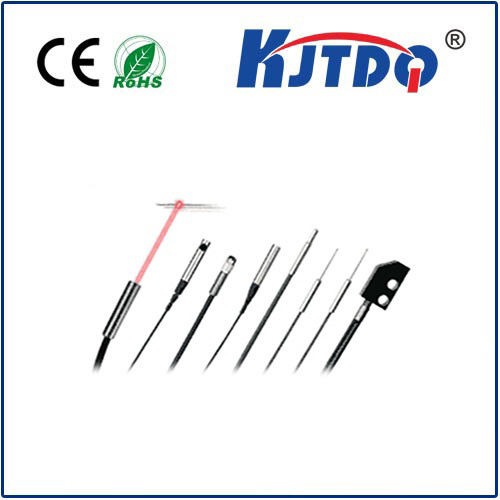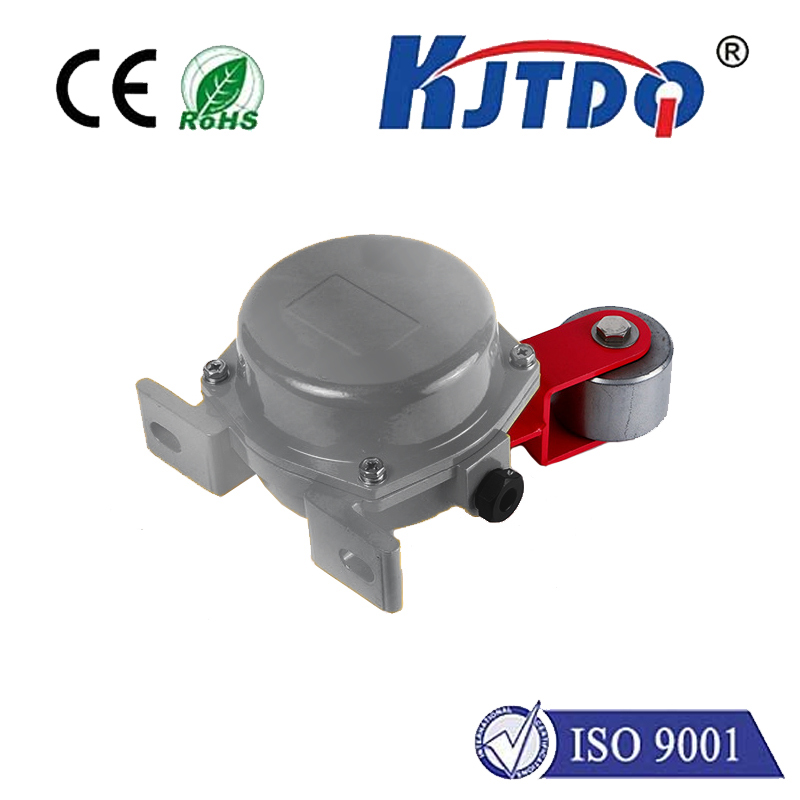E3Z-L68 Photoelectric sensor
- time:2025-09-26 03:28:29
- Click:0
The E3Z-L68 Photoelectric Sensor: Precision Detection for Modern Automation
Precision is non-negotiable. In the intricate dance of modern manufacturing, assembly lines, and packaging facilities, the ability to reliably detect the presence, absence, or position of an object is fundamental. From verifying tiny components on a circuit board to ensuring cartons are properly sealed before shipping, countless processes hinge on the unwavering accuracy of sensor technology. Enter the E3Z-L68 Photoelectric Sensor – a specific model engineered by Omron, synonymous with robust performance and exceptional reliability in diverse industrial environments. This compact device consistently delivers where high-precision detection is paramount.
Understanding the Photoelectric Sensing Principle
At its core, the E3Z-L68 operates on the well-established photoelectric sensing principle. It employs a light emitter (typically an LED) and a receiver. The emitter sends out a beam of light (visible red or infrared, depending on model variants). When this beam encounters an object, one of three things happens:
- Through-beam Mode: The beam is interrupted by the object before reaching a separate receiver unit, triggering detection.
- Retro-reflective Mode: The beam hits a reflector and bounces back to the receiver housed in the same unit as the emitter. Detection occurs when the object breaks this reflected beam.
- Diffuse-reflective Mode: The beam hits the target object itself, and diffused reflection from the object’s surface is detected by the receiver in the sensor unit.
Highly versatile, the E3Z-L68 excels particularly in through-beam applications, offering longer sensing distances and exceptional immunity to target color, surface finish, or reflectivity compared to diffuse mode. Its reliability makes it a go-to choice for critical detection tasks.

Key Features that Define the E3Z-L68’s Performance
What elevates the E3Z-L68 beyond a generic sensor? It’s the culmination of thoughtful design and engineering:
- Compact Size, Durable Build: Its small form factor (12 x 31 x 31 mm) enables installation in tight spaces. Crucially, it boasts an IP67 protection rating, making it resistant to dust ingress and capable of withstanding temporary immersion in water. This ensures reliable operation even in harsh or washdown environments common in food processing or pharmaceutical settings.
- Long Sensing Distance: Capable of detection ranges up to 15 meters (depending on the specific variant and operating mode), it provides flexibility for large machinery or conveyors.
- Enhanced Environmental Resistance: Beyond IP67, the E3Z-L68 incorporates features to combat common industrial challenges like ambient light interference and electrical noise. Special circuitry helps maintain stable operation under fluctuating lighting conditions or near powerful motors and welding equipment.
- Visible Red Beam: The use of a bright visible red LED beam offers a significant practical advantage: easy installation, alignment, and troubleshooting. Technicians can visually confirm the beam path, drastically reducing setup time and minimizing errors.
- Stable Detection: Engineered for high immunity to background interference, it provides consistent and accurate detection of target objects, minimizing false signals or missed detections that could halt production or cause defects.
- Variety of Models: The E3Z-L68 series includes options with different output configurations (NPN or PNP transistors, light-on/dark-on operation) and connector types (pre-wired cable or connector versions like the M8 Connector), ensuring a suitable model for virtually any control system requirement.
Where the E3Z-L68 Shines: Core Industrial Applications
The specific strengths of the E3Z-L68 photoelectric sensor align perfectly with demanding industrial environments:
- Packaging Machinery: Critical for detecting cartons, bottles, cans, labels, and caps on high-speed filling, capping, labeling, and boxing lines. Its speed and reliability ensure precise timing for packaging operations, preventing jams or incomplete processes.
- Material Handling & Conveyors: Used extensively to detect the presence or position of items on conveyors, trigger sorting gates, count objects, or verify pallet loading. Its long range and environmental resistance are key assets here.
- Assembly Automation: Verifies the presence of tiny components (screws, springs, electronic parts) before assembly steps proceed. Precision is vital to prevent product defects or machine damage.
- Automotive Manufacturing: Employed in myriad processes, from detecting parts entering robotic welding cells to confirming door panels are correctly positioned for installation.
- Printing & Paper Processing: Detects paper jams, verifies sheet registration, counts sheets, or monitors roll diameter changes on printing presses and converting equipment.
- Food and Beverage: Its IP67 rating makes it suitable for washdown areas to detect containers, lids, labels, or product levels (though not direct food contact, of course).
Why Choose the E3Z-L68? The Tangible Benefits
Implementing the E3Z-L68 as your photoelectric sensor solution translates into significant operational advantages:
- Minimized Downtime: Its robust construction and resistance to environmental factors mean fewer sensor failures and less unexpected production stoppage. Reliability directly impacts Overall Equipment Effectiveness (OEE).
- Increased Production Speed & Efficiency: Accurate and fast detection enables machinery to run at optimal speeds without sacrificing quality or risking collisions. Seamless integration with PLCs and control systems streamlines operations.
- Reduced Maintenance: The sensor’s durability and the ease of alignment afforded by its visible red beam lead to less frequent need for recalibration or replacement. This lowers the total cost of ownership.
- Enhanced Product Quality: Consistent, reliable detection prevents errors such as missing components in assemblies, misaligned labels, or improperly sealed packages.
- Flexibility: Its compact size and range of model options provide engineers with versatile solutions adaptable to diverse application layouts and control requirements.
Selecting and Implementing the Right E3Z-L68
Choosing the optimal E3Z-L68 variant involves considering:
- Required Sensing Distance: How far away is the object?
- Target Object Characteristics: Size, color, material (though less critical for through-beam).
- Operating Environment: Dust, moisture, temperature extremes, potential for spray or washdown?
- Output Requirement: Does your control system need an NPN or PNP signal? Light-On or Dark-On operation?
- Mounting and Connection: Prefer a pre-wired cable or a connector?
Industry reports consistently highlight that selecting sensors matching the specific environmental and operational demands is crucial for maximizing system uptime. Proper alignment is also key – thankfully, the E3Z-L68’s visible beam makes initial setup and any future adjustments significantly easier.
A Foundation for Automation Reliability
The Omron E3Z-L68 Photoelectric Sensor is far more than just a component; it’s a fundamental building block for dependable automation. Its blend of compact size, high environmental resistance (especially the IP67 rating), long sensing range, visible beam for ease of use, and reliable performance under challenging conditions embodies the qualities essential for modern industrial detection. When processes demand precision, reliability, and resilience – qualities directly impacting productivity and quality – the E3Z-L68 consistently proves itself as a trusted solution, quietly enabling the smooth






